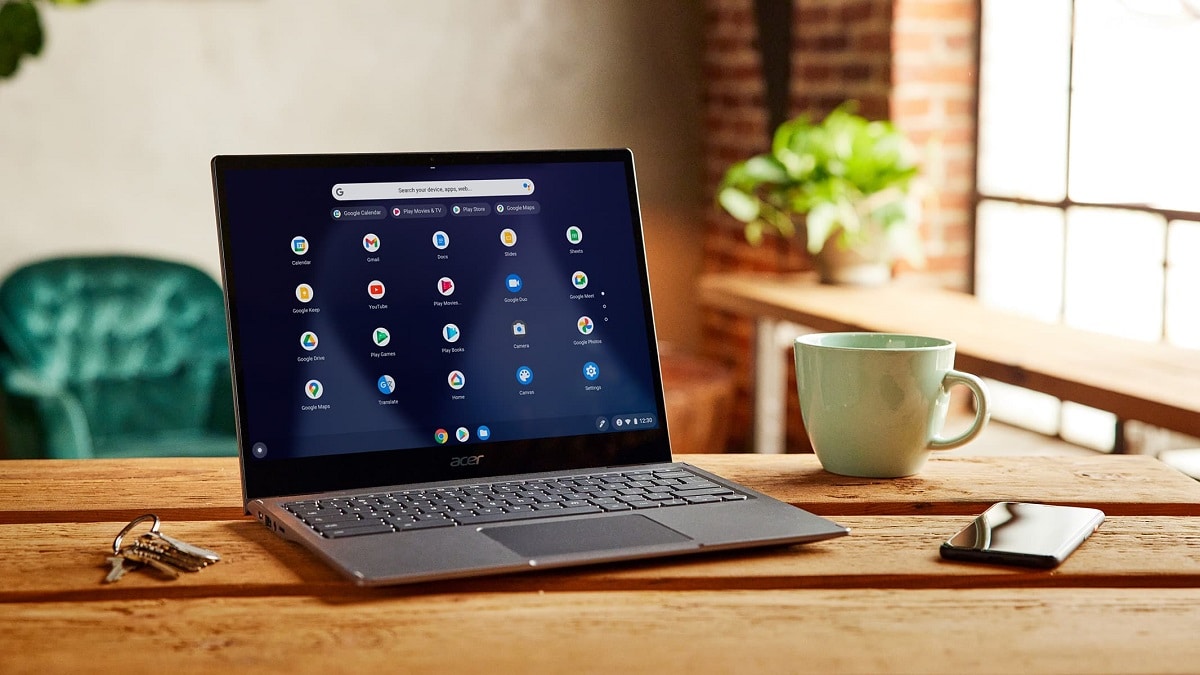
ChromeOS is a Linux-based operating system designed by Google
A few days ago the ChromeOS developers, released information about the new work that they have begun to focus on, which is laCROS (acronym for Linux and Chrome OS), which aims to separate the Chrome browser from the window manager and system user interface.
Since initially, in Chrome OS, the web browser, window manager, login screen, and system UI are implemented in a single executable file.
This movement allows not linking a Chrome update to a system update and update it by analogy with a browser on a normal operating system.
The Navigator lacros-chrome is a regular Chrome build for Linux with extended support for Wayland, since Chrome OS has a Wayland server implementation called exosphere. It is used by ARC (for running Android apps) and Crostini (for running Linux apps). To generate and process input events, lacros-chrome uses the ozone layer, which abstracts the interaction with the graphics subsystem, which uses a backend with support for the Wayland client.
The goal of the LaCROS project is to separate the browser and system interface elements into two different binaries: ash-chrome (interface) and lacros-chrome (browser).
In this way Chrome developers look for that when separating the components, can these be developed separately and have their own release cycle, that is to say that a new version of the system will not be released every 4 weeks as has been the case (this in relation to the Chrome/Chromium release cycle) and that it is only the browser that receives its corresponding update and the other system components are updated as necessary.
The basic approach is to rename the existing binary to ash-chrome, with minimal changes. We then take the linux-chrome binary, improve its compatibility with Wayland, make it act like the web browser on Chrome OS, and ship it as the lacros-chrome binary. This allows the two binaries to be released independently, at some performance/resource cost. The API limit will initially be semi-stable: it will tolerate 1-2 milestones of release bias. We may allow greater amounts of bias in the future.
Both binaries are built from the chromium git repository. However, the binaries can be built in different versions. For example, the version of lacros created from the M-101 branch could run on top of the ash version created from the M-100 branch.
On the other hand, it is also mentioned that by separating the components, it is sought that the reports and corrections of errors are handled separately since for example it is mentioned that:
- Lacros errors should be filed under OS=Lacros
- Bugs in the ash-chrome binary that only affect ash-chrome should be tagged as OS=Chrome.
- Bugs in the lacros-chrome binary that only affect lacros-chrome should be tagged OS=Lacros.
- Bugs in the ash-chrome binary that affect lacros-chrome should be tagged with OS=Chrome and OS=Lacros. These should not block chromium ash releases in the short term, but should block chromium ash releases in the long term.
Finally, it should be mentioned that LaCROS is supposed to be enabled by default for some Chromebook models since the release of ChromeOS 116 (although the mention in the documentation that experimental flags must be set to enable Lacros has been removed).
Since some Chromebook users mentioned that they had two browsers in the system, one that is Chrome and the other LaCROS, which are basically the same (Chrome) but with the difference that they are not built in the same way, since they as mentioned ChromeOS has the ChromeOS browser integrated (ie, they are one and the same element), while LaCROS is the Linux standalone version of Chrome (ie, an additional element of the system).
If you are interested in knowing more about it, you can check the details in the following link.